Allotment Safari
18th June 2017
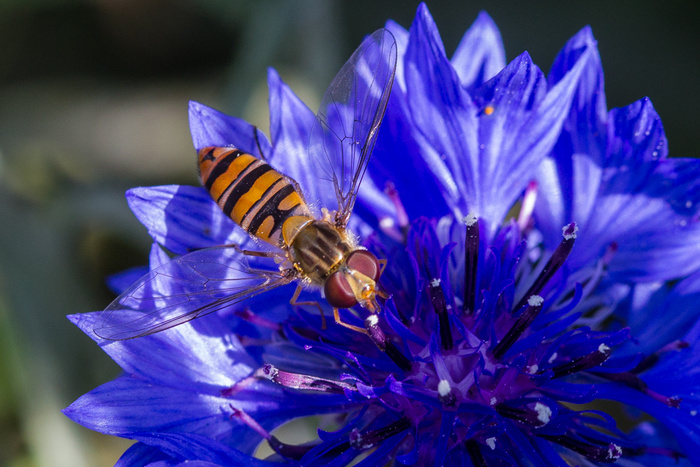
There is really no need to travel too far to see a host of wildlife. In fact our gardens and allotments play host to a fantastic array of beasts that are either friendly or foe depending on your viewpoint.
With the temperature this weekend reaching some testing levels, I was caught red handed with camera in hand (ignoring much of the to do list) and hopefully this post shows that there is plenty to be seen.
Around project 63 we have some rogue cornflowers that have made the compost bin their home, but equally attract a range of pollinators, including hover flies. This particular species, a marmalade hoverfly (Espisyrphus Balteratus) plus others are good for the allotment plot holder as they feed on decaying plant matter and aphids.
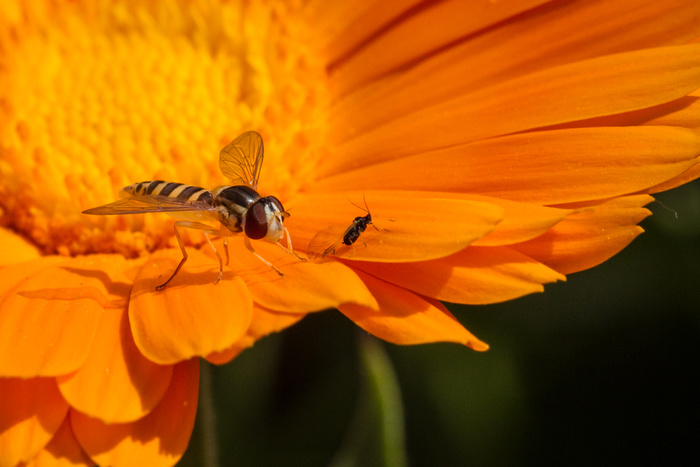
The second image shows Alfie the Aphid at risk from another variety of hoverfly which I will try and identify. Am not sure of the outcome of this, whether lunch was served, or Alfie made a great escape!
Another keen consumer of aphids is the Ladybird, this particular specimen a 7 spot ladybird, Coccinella Septempnuctata, travelling across one of the potato plant leaves.
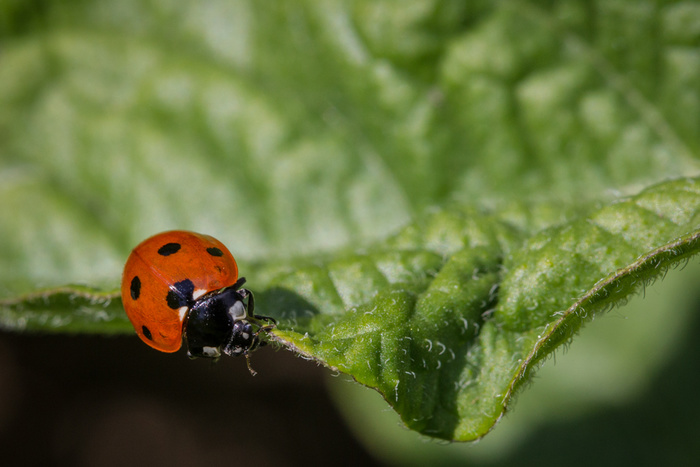
Whilst these three characters are friends, the Dock Bug, Coreus Marginatus may not be considered so.
Squashbugs are members of the large Hemiptera order of insects known as true bugs. Within this group there are many families of insects and squashbugs are part of the order Hemiptera which includes their smaller Coreidae sub family.
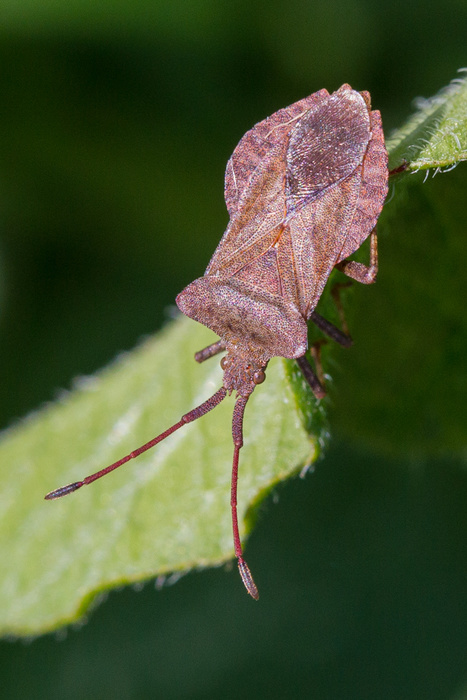
They obtained their name Squashbug because of their pest status in the United States where some species such as Anasis tristis cause severe damage to squash crops.
In the UK the native species of Squashbugs have less of an impact on crops and rarely obtain pest status despite feeding on fruit and seeds. They have specially adapted mouth parts that they use to pierce plants and animals to extract juices. They are fully winged, have stink glands to ward off predators which have led them also being known as ‘Stink bugs‘.
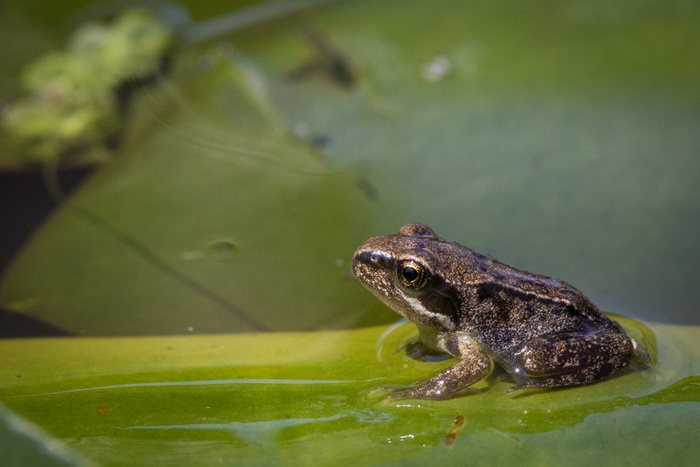
Finally, a friend that am hoping to see plenty of. The Wildlife area on Project 63 has proved a welcome place for the frogs, and after our friends have 'done their thing', the water has been alive with tadpoles that are now gradually becoming fully fledged adults. I am really hoping that our friends have a major impact on keeping our snails and slugs at bay and will be taking great steps to encourage them.